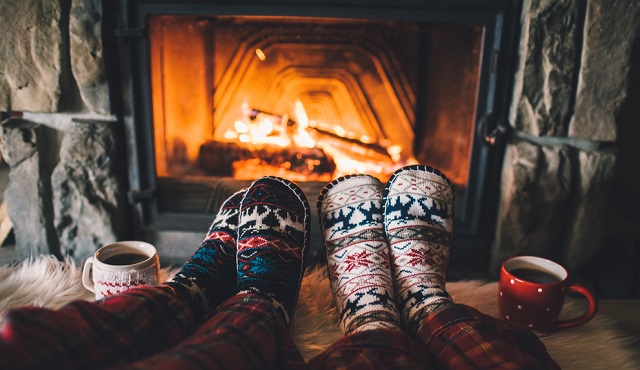Autumn tips for getting your home and garden ‘Winter ready’
 It’s official. Climate change is here and with it a devastating change in our weather patterns. The outlook for winter 2016/2017 is already bleak, with raging storms and flooding predicted between December and February.
So what precautions can you take now to get your home ready for another winter battering? Even if the weather is currently mild, it pays to be prepared!
It’s official. Climate change is here and with it a devastating change in our weather patterns. The outlook for winter 2016/2017 is already bleak, with raging storms and flooding predicted between December and February.
So what precautions can you take now to get your home ready for another winter battering? Even if the weather is currently mild, it pays to be prepared!

